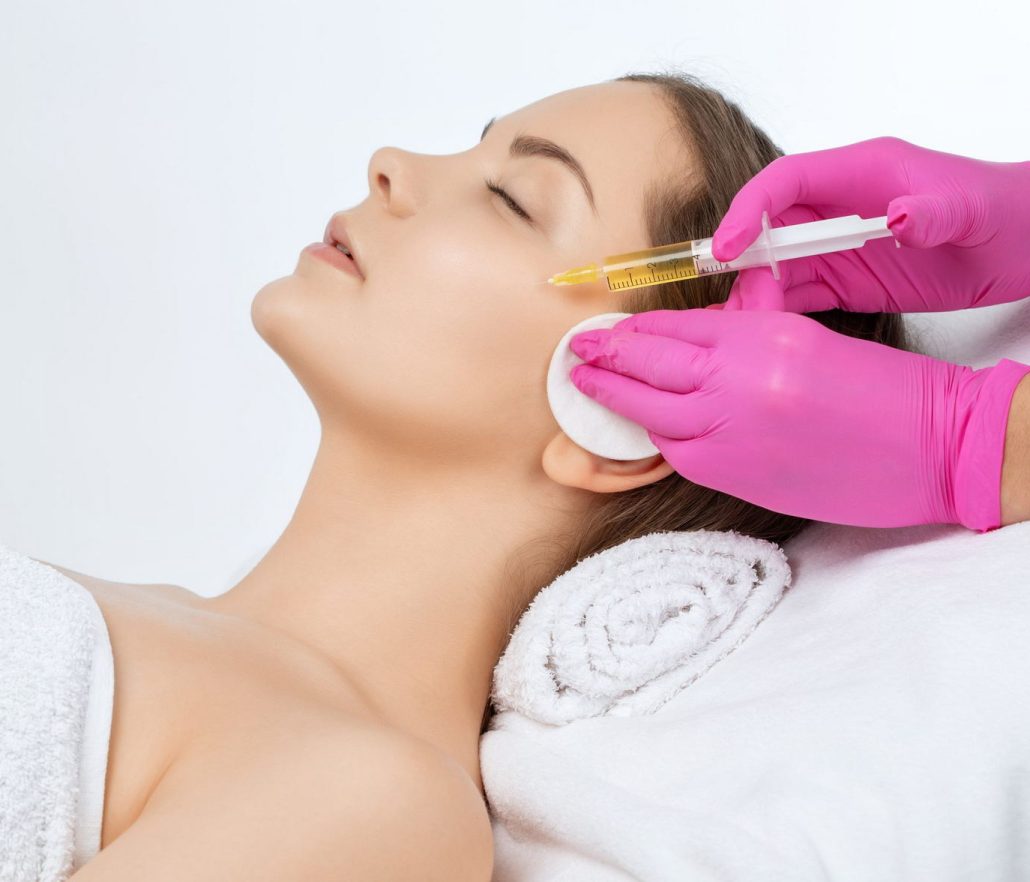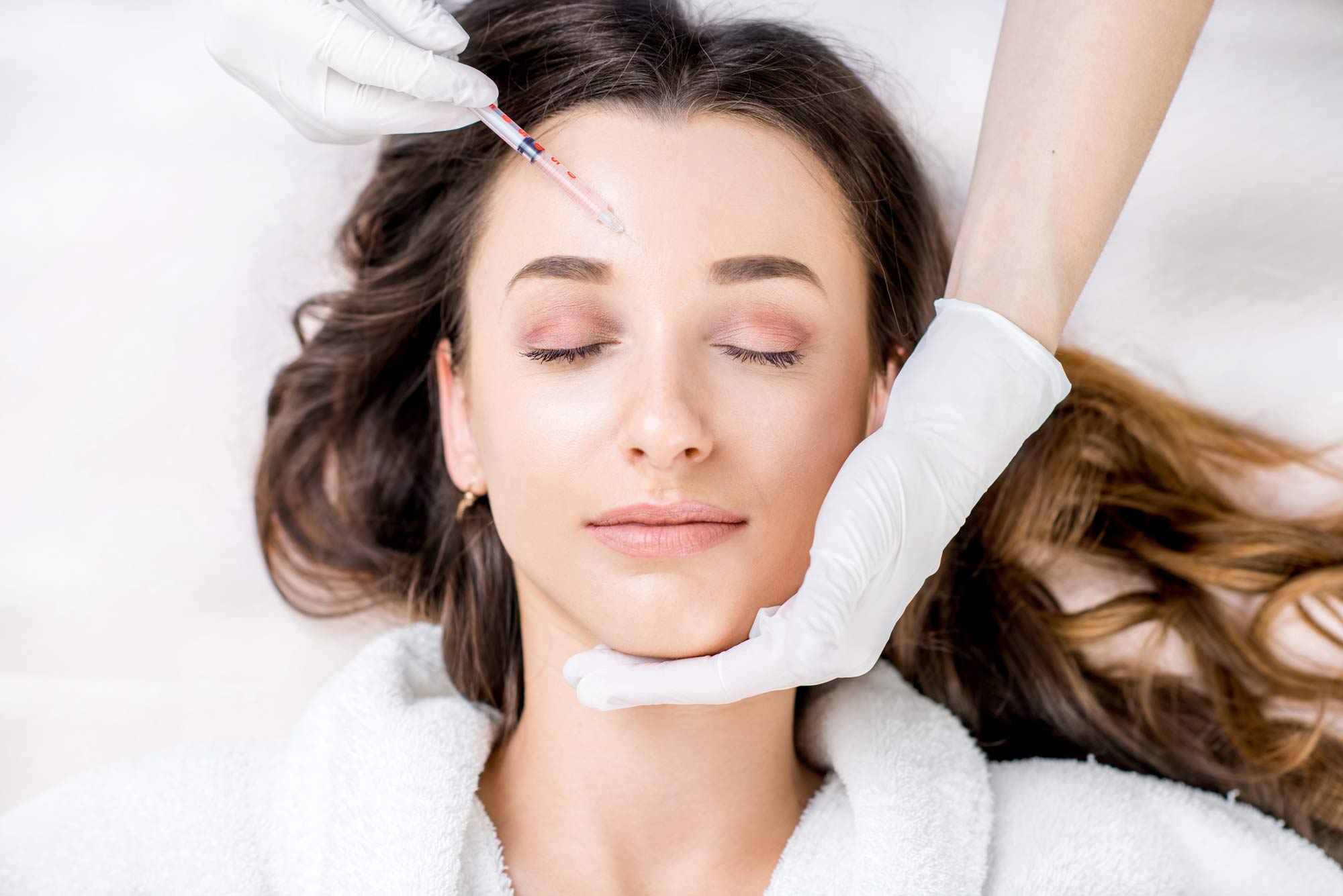PRP FOR skin atrophy

About
PRP for Skin Atrophy
Prolonged use of highly potent topical steroids can lead to an unfortunate side effect known as skin atrophy. This condition results in thinning of the skin, making it more fragile, less elastic, and prone to damage. If you’re experiencing skin atrophy due to long-term steroid use, PRP (Platelet-Rich Plasma) therapy offers a natural and effective solution to help restore your skin’s strength, thickness, and vitality.
PRP therapy uses your body’s natural healing abilities to repair and rejuvenate damaged skin. Platelet-rich plasma, derived from your own blood, is rich in growth factors and proteins that accelerate healing and stimulate tissue regeneration. By applying PRP to areas of atrophied skin, the therapy promotes collagen production, improves skin thickness, and strengthens its overall structure.
Treatment Process
A Step-by-Step Guide
Once we have agreed that PRP is an appropriate treatment for you this is what you need to expect.
Our specialists will evaluate the severity of your skin atrophy and discuss your history with topical steroid use to determine if PRP therapy is the right option for you.
Next, a small sample of your blood is taken and processed in a centrifuge to separate the platelet-rich plasma from other components.
Then, the PRP is injected directly into the affected areas or applied using microneedling to help the plasma penetrate the skin more effectively.
Over the following weeks, you’ll notice gradual improvements in skin thickness, elasticity, and overall health as collagen production increases and your skin repairs itself from within

Pros and Cons
Advantages
PRP therapy offers numerous benefits, including:
- PRP uses your body’s own cells to repair and regenerate your skin, reducing the risk of adverse reactions or side effects.
- PRP therapy helps reverse thinning of the skin caused by prolonged steroid use, making your skin stronger and more resilient
- Collagen is crucial for skin health, and PRP promotes its natural production, helping to improve skin elasticity, texture, and tone
- PRP therapy is a non-surgical treatment with little to no downtime, allowing you to return to your daily activities quickly
- The benefits of PRP continue to develop over time, with noticeable improvements in skin health and thickness as the body continues to produce collagen and new skin cells
Disadvantages
While PRP therapy is generally safe and effective, some potential drawbacks include:
- Many uses of PRP still need more high-quality research for validity of studies.
- Treatment results can be unpredictable and very patient specific, not effective for severe hair loss.
Ideal Candidate
PRP therapy is ideal for individuals who:
- Have experienced skin thinning or fragility due to prolonged or potent topical steroid use
- Are looking for a natural, non-invasive treatment to restore skin health
- Wish to improve the appearance, thickness, and elasticity of their skin
- Want to avoid more aggressive treatments like surgery or synthetic fillers
PRP treatment is suitable for all skin types and can be used on various areas of the body, including the face, arms, and hands, where skin atrophy may be most apparent.
What to Expect During Treatment
Each PRP session takes approximately 30-45 minutes. Depending on the severity of your skin atrophy, multiple sessions may be recommended for optimal results. After treatment, it’s essential to avoid further use of topical steroids on the treated areas to allow your skin to fully heal and regenerate.
Why Choose PRP for Skin Atrophy
When skin atrophy occurs from prolonged steroid use, finding a treatment that effectively restores your skin without introducing further damage is crucial. PRP therapy is a natural, safe, and scientifically-backed solution that leverages your body’s own healing capabilities to reverse the effects of skin thinning. With minimal downtime and long-lasting results, PRP offers a promising alternative for those struggling with skin atrophy.
DOS AND DONTS
Guidelines for Pre- and Post-Procedure Care
Before
- Eat a light meal and stay hydrated on the day of the treatment
- Wash your hair the morning of the PRP treatment session (or at least the day before)
- Arrive with no styling products on the areas to be treated.
- If you need to cancel your appointment, we must receive at least 2 business days of or a fee will apply
- Do Not take NSAIDs drugs (Aspirin, Advil, Motrin...) for 7 days before treatment
- Do not drink alcohol for 72 hours before treatment
- Do not take blood thinning agents such as vitamin E, vitamin A, Ginko, Garlic, Flax, Cod liver oil, essential fatty acids at least one week before your treatment
After
- Do not take NSAIDs (ADVIL, MOTRIN or ALEEVE) drugs for 7 days after treatment
- Do not drink alcohol for 72 hours before treatment
- Avoid blood thinners such as vitamin E, vitamin A, Ginko, Garlic, Flax, fish oils
- Avoid exercise or strenuous activity for 24 hours
- Avoid hot yoga or sauna for 3 days
- Avoid sun exposure for 3 days
- Do not wash or shower for 24 hours
- Do not apply pressure to or massage the treatment area
- A feeling of bumpiness of the scalp may occur and will resolve quickly
- Rarely, patients may develop mild bruising and or sensitivity to palpation (Feeling of a bruise) at the injection site. This will reside within 72 hours after treatment
- An immediate redness or swelling will subside within an hour.
- Rarely, transient headaches are reported. Tylenol may be taken as needed. This is not an indication that each treatment will result in this experience.
FAQ
Have a Question
Most patients experience mild swelling or soreness for a few days. The healing process typically begins after 4-6 weeks, with full benefits visible after several months.
Yes, PRP therapy is completely safe as it uses your own blood, reducing the risk of allergic reactions or infections.
This varies based on the condition being treated. Some patients experience improvement after one session, while others may need multiple sessions for optimal results.
Results from PRP can vary, but most clients begin to see improvement after 3-6 months, with continued improvements over time
